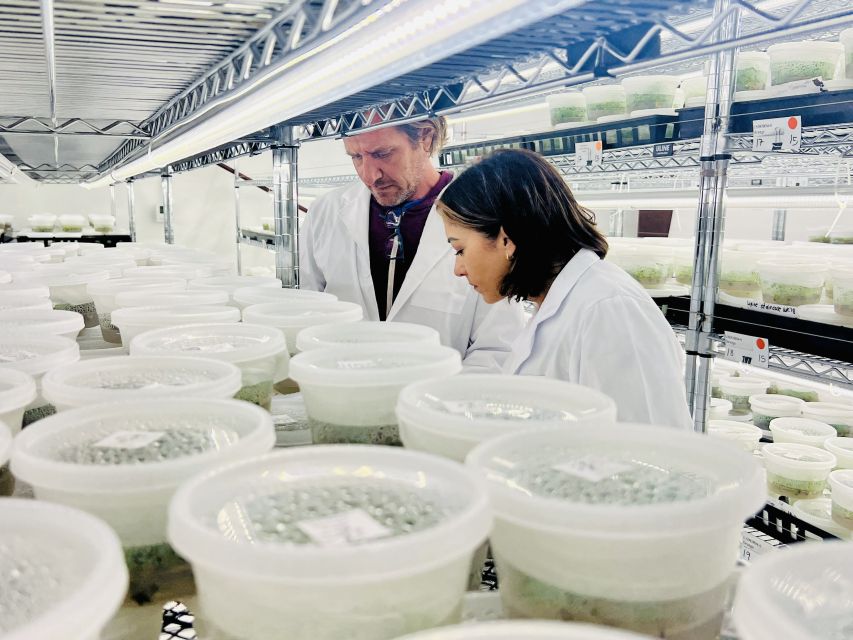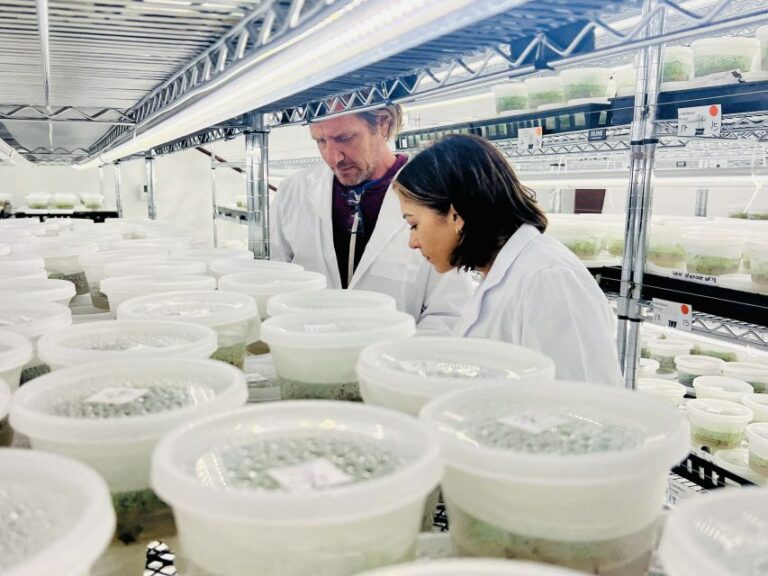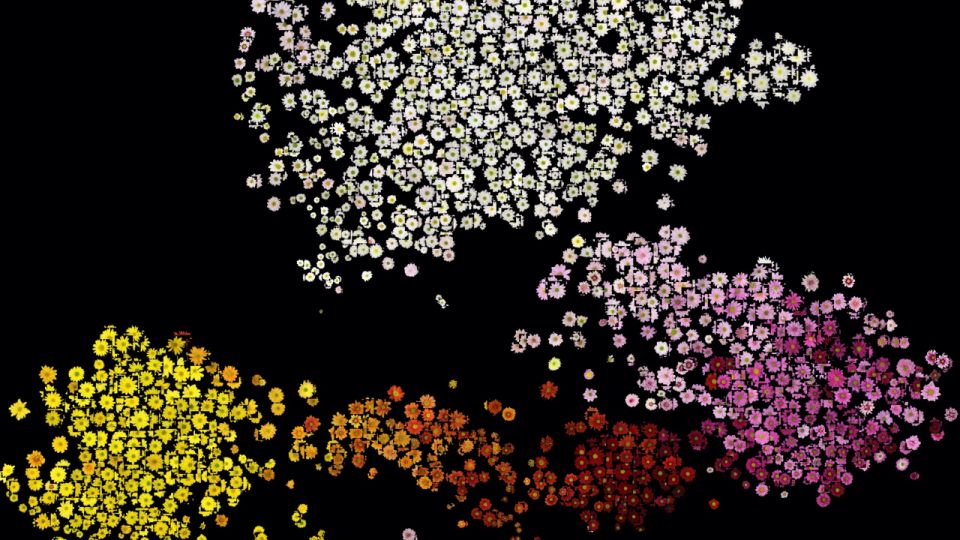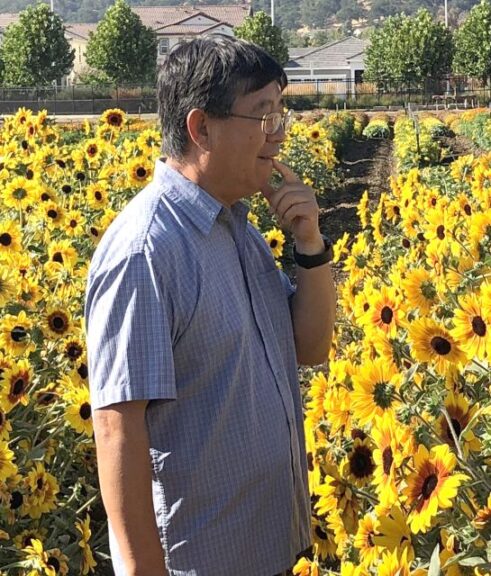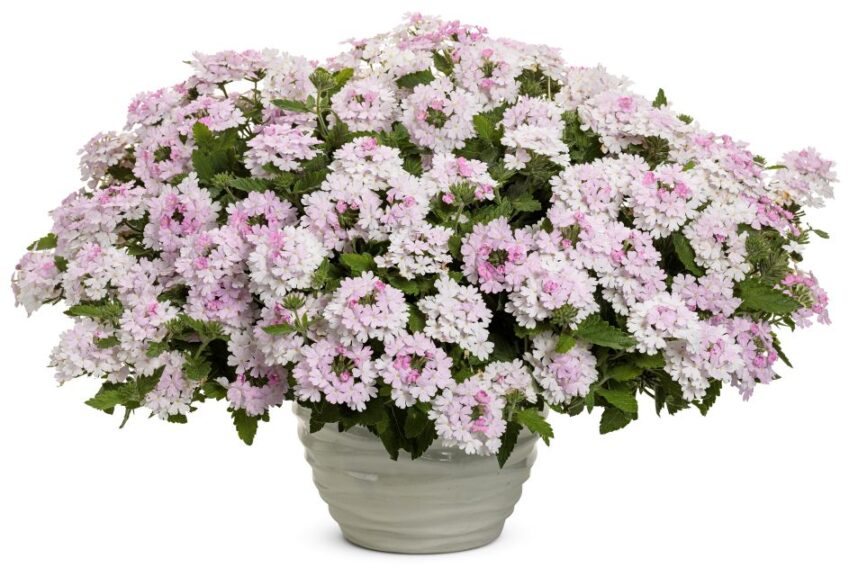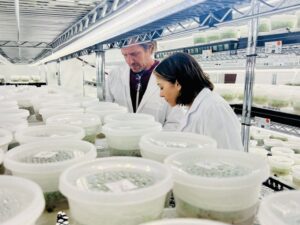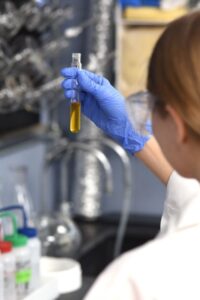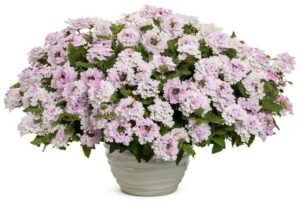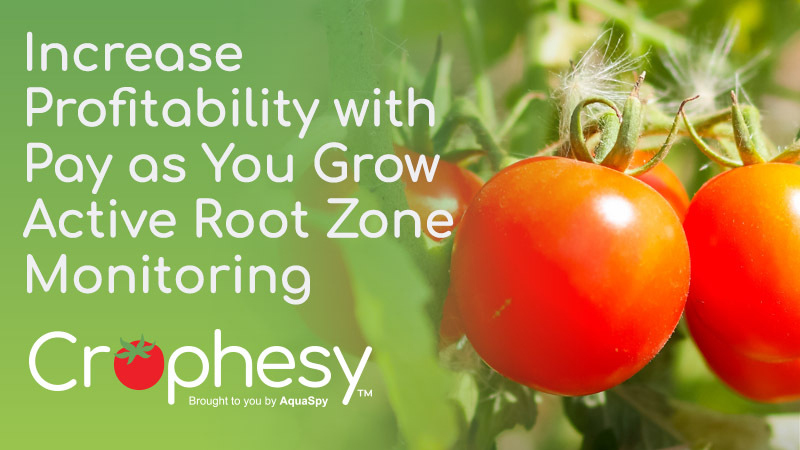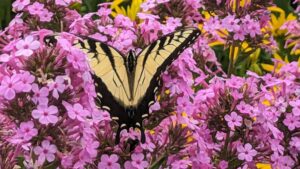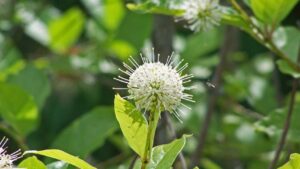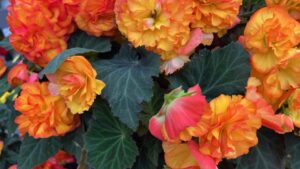Plant Breeding Breakthroughs on the Horizon for 2024
When you think about the future of floriculture, much of it is determined by breeding. Breeders decide what plants will look like in the future, impacting home gardeners. They figure out how to create plants with traits that are good for the growers, so breeders play a pivotal role in production practices. They come up with new names, colors, and catchy phrases to promote their creations to growers, retailers, and consumers. When you think about the life cycle of a plant, it all starts with genetics.
Leading breeders in the floriculture industry have many goals in mind for the future. Each company has a different focus, but they are all working to make the world a better place with plants.
The Future of Floriculture
Jason Jandrew, Chief Product Development Officer at Ball Horticultural Company, says sustainability is increasingly important in the future of floriculture.
“We’re often thought of as a green industry, but we’re not as green as we could be,” Jandrew says. “We talk about plants that need less energy to be produced, lower water needs, and less chemical applications. Our products should enhance the environment and be something that we’re happy and proud to have around our homes.”
Jim Devereux, CEO of Green Fuse Botanicals, says the future of floriculture is focused on the grower. The plants need genetics that work within a grower’s production practices and grow well with limited time and resources.
“As breeders, we tend to think about the craziest flower and what will grab the most retail attention. We concentrate on trying to get these ‘pink flamingo’ things to the market,” Devereux says. “What we’ve focused on here at Green Fuse is to do breeding practices that growers can be successful with. I do want crazy flowers, but more importantly, I want consistency of genetics that finish on time for scheduling.”
He says the flower in the pot is the cheapest input. Everything else, including fertilizer, plastic, and labor, all cost more. By developing a plant that is completely programmable, growers do not have to worry about wasting the other inputs. Green Fuse is focused on day length neutrality for flower initiation, so growers know when the flower will bloom.
Li Jiang, a breeder with Syngenta Flowers, says that breeding is both an art and a science. In the future, she expects more of an emphasis on the science behind breeding. This includes cutting-edge technology such as biotechnology, genetic management, and other tools using big data.
Kevin Hurd, Vice President of Product Development for Proven Winners, says adaptability is key for the future of floriculture breeding. With a changing climate, it is necessary to push the genetics to see what varieties can tolerate heat, cold, drought, and rain.
“That’s what we’re shooting for — making sure the next version of petunias, for example, will be that much better for consumers,” Hurd says.
Conventional vs. Predictive Breeding
Arjan Koot, Breeding Manager at Dümmen Orange, says the future of breeding includes new types of technology, such as big data and smart breeding. This can help weed out unwanted traits and select for desirable traits.
For example, 10 years ago, the industry was not as focused on disease resistance as it is today, Koot says. Traits that make a plant disease-resistant are becoming more important every year.
“We could have 10,000 different petunias to trial,” Koot says. “If you could predict which of these 10,000 could have the best chance of overperforming, you can select for that genetic information.”
By predicting which traits a plant will have based on its genetics, the time needed to bring a new variety to market is cut in half, Koot says.
“We use this kind of model for a lot of crops. We have knowledge on different crops like roses, cut flowers, tropicals, bedding plants, and geophytes, but the model is the same for all of these crops. If we have progress in roses, we can learn from that and use it in petunias. Also, if we’re exploring different bioassays to discover certain types of resistance, this type of setup will also help us with other crops. It’s a blueprint that we try to use. We can use these methods for more and more crops.”
Jiang of Syngenta Flowers says conventional breeding will always have a key role in floriculture, but it can also be enhanced with new types of technology.
“Predictive breeding is about using genomic information. It is based on the understanding of genotypes and phenotypes so you can predict the traits in the germplasm for the final product,” Jiang says. “Conventional breeding with seed varieties, we do that generation by generation. We grow them and the breeders select from the population based on genetic knowledge and how we want to move forward to reach our goals.”
Both types of breeding have their advantages and disadvantages, she says.
“We always use conventional breeding in commercial breeding programs. But we may lose some traits during selection. Then we go back to find them. It takes longer for specific traits,” Jiang says. “But there are some traits that you cannot see well through the phenotype. With molecular information or predictive breeding, you can pinpoint the gene or predict the right genetic combination. That will speed up the breeding process. Breeders need to understand what is going on and find the right tools to use.”
Jandrew says advanced genetic tools will be applied more often for unique products. The combination of conventional and predictive breeding practices is already happening today, and will be more commonplace in the future.
“The use of molecular markers can help you zero in on some precise individuals in your population to make more accurate and more specific selections in your breeding,” Jandrew says. “Backcross breeding programs using molecular markers can also be accelerated faster than the traditional timelines.”
How to Meet Needs of Growers and Consumers
Proven Winners prioritizes garden performance for the consumer. There are a number of traits that consumers are looking for, Hurd says, including longevity, strong garden performance, and weather tolerance for crops like petunias. For growers, Proven Winners focuses on other traits, such as good branching, easily propagated, and finishing at the same time.
“Heat and humidity tolerance are paramount in our trials,” Hurd says. “That’s why we like to screen in Florida. We have three linear miles of trials in Florida. It really separates the winners from the losers. A lot of plants never see the light of day. Breeders only submit 1% to 2% of their selections into trials. Of that, we only select 1% or 2%. The bar is really high.”
Shifeng Pan, a breeder with Syngenta Flowers, says breeders continue to work on balancing the needs of growers and consumers, which can often be diametrically opposed.
“For example, growers want plants that are easy to grow, use less plant growth regulators, and are quick to finish in the greenhouse. They want a quick turnover and efficient use of space in the greenhouse,” Pan says. “If you do that too much and the plants finish early and they are compact, they don’t perform vigorously for the home gardener. The flowering period is not long. It’s a question of how you balance those two.”
Koot of Dümmen Orange says there are new colors and flower forms that have not been discovered yet. Growers and consumers are eager to see new plants that have not yet been created. Consumers are also looking for plants with longevity and high performance in the garden and in their homes.
“You want to have roses in your house that last for 10 days, not roses that die after two days,” Koot says.
Devereux of Green Fuse Botanicals says he noticed a houseplant trend during the COVID-19 pandemic.
“I started to see a trend for consumers looking for what we call lifestyle plants. They are indoor/outdoor plants,” Devereux says. “They want things that are low maintenance that can sit on a front porch, then in the cold months they can sit in the corner of the room. Year over year since 2020, we’ve seen the biggest increases in those lifestyle plants compared to garden plants.”
Jandrew says feedback is critical so breeders can make a better product for growers and consumers. Sometimes growers have specific requests, such as asking that plants flower a week earlier in March. Other times, growers may provide general feedback in passing that becomes quite valuable to the breeders. Growers’ comments may spark an idea that a breeder will work on, then the breeder will come back to the growers to present a new product based on their comments.
“It is a positive feedback loop. It makes growers want to come to us with more suggestions, then our team has more ideas to find solutions that growers need. The whole cycle can be really exciting and dynamic,” Jandrew says. “It is important to follow up with the growers who came to you with ideas because they’re curious. We like to show them that we’re listening by delivering the products they’re asking for.”




